Exploring the world of test automation in 2022 is likely to lead you to one question: What is Robot Framework and where did it come from? Who better to cover this topic than Robot Framework creator, Pekka Klärck. This Q&A will provide you with everything you need to know about Robot Framework—and more.
What is Robot Framework?
First things first. What is Robot Framework? Robot Framework is a generic, open-source framework that can be used for both test automation and robotic process automation (RPA). Robot Framework has grown steadily in popularity over the last few years for a few good reasons:
- Ability to create flexible automation solutions
- Simple, human-readable syntax
- Extendable capabilities through library implementation
Now that we’ve gotten the formalities out of the way, it’s time to dive into our question corner. Below, creator Pekka Klärck sits down to answer our FAQ about the origins, features, and future of Robot Framework.
Q: What is the core problem that you were trying to solve with Robot Framework?
A: My goal was to identify and implement generic components that could be used to create custom automation frameworks in different domains. I thought we could have a generic parser and perhaps a logger. It turned out that we could have an entire generic automation framework that could be extended with libraries.
Q: What is Robot Framework Foundation?
A: Robot Framework Foundation is a nonprofit consortium. Robot Framework became popular in Finland pretty quickly after becoming an open-source solution. Accordingly, our core development team needed to secure funding for its continuous development. The Robot Framework Foundation was born to fill the role of sponsorship and keep Robot Framework free and accessible.
Robot Framework: Origins
Just like every hero has an origin story, Robot Framework had its own circumstances for creation. Learning about the steps leading up to invention can be incredibly useful for understanding application. This portion of the Q&A delves into the history of Robot Framework to uncover the rationale behind the features it offers today.
Q: What is your background in test automation?
A: I have a Master of Science in Computer Science from Aalto University. I began my studies in Mechanical Engineering, planning to minor in Computer Science. At some point, I decided I wanted to study it more and changed departments. In 2000 I was able to get a job at F-Secure as a tester. My direct supervisor was Kalle Huttunen, who’s now a manager at Copado Robotic Testing. Thank you to Kalle for introducing me to testing and providing me with my first work experience in the field!
Q: How did the idea for Robot Framework arise?
A: Over the years, I began creating custom automation frameworks using data-driven and keyword-driven approaches. Although, I became involved with automation very early in my career. I started out writing simple Perl scripts, but by the time my master’s thesis came around, I was reading anything and everything that I could find related to automation frameworks. Robot Framework was created based on the prototypes I made for my thesis.
Q: Where was Robot Framework born?
A: At the time of its conception, I was working with Juha Rantanen for a company called Qentinel, which has since become Copado Robotic Testing. We were part of a five- to six-person team working on an automated testing solution for Nokia.
Q: How did Robot Framework go from thesis to framework?
A: Nokia bought the idea and we began developing it for them in 2005. A former colleague of mine, Petri Haapio, was working for Nokia at the time they needed an automation solution. He asked if I had any ideas and I proposed the framework based on the concepts outlined in my master’s thesis.
Becoming Robot Framework
Stumbling across such a comprehensive yet cost-free solution leads to many more questions than just “what is Robot Framework?” Mass, international adoption doesn’t happen overnight, and the decision to go open-source doesn’t make itself. In the next section, Pekka Klärck examines the circumstances that led to the success of Robot Framework.
Q: How did Robot Framework become open source?
A: Petri Haapio and I wanted Robot Framework to be open source from the start. Getting permission from Nokia was the only thing standing in our way. Eventually, we somehow obtained permission to make Robot Framework open source in 2008. Usage at Nokia grew organically and the framework was taken into use in different business lines.
Q: When did the mass adoption of Robot Framework happen?
A: After open sourcing, the adoption in Finland was pretty quick. It’s likely that former Nokia people introduced the framework to their new companies. Today, we have users around the world and numbers are rising all the time.
The Future of Software Testing
Looking toward the future, it’s clear automation will assume an even more significant role in software development. Staying ahead of the curve requires paying close attention to industry trends and advancements.
Q: How do you see the future of test automation?
A: Automation is not going to replace manual testing, but it will find ways to make it better. I hope that in the future all scripted testing will be automated. This would allow manual testers to focus solely on exploratory testing. Automation also helps find areas of application for RPA.
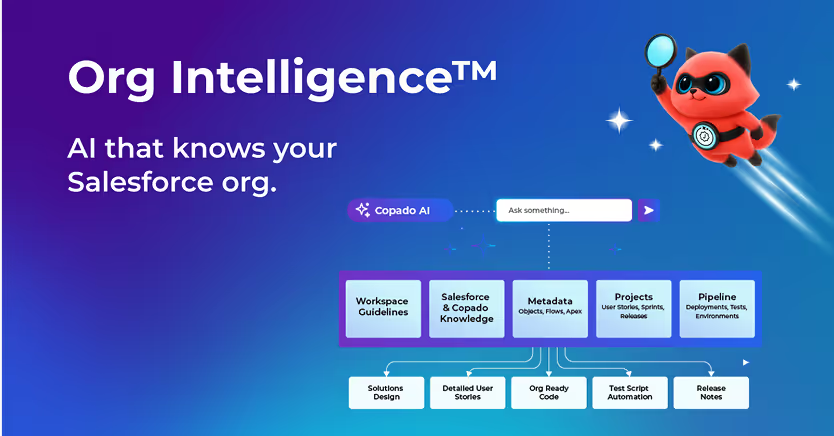











.svg)
.svg)

.png)

.svg)

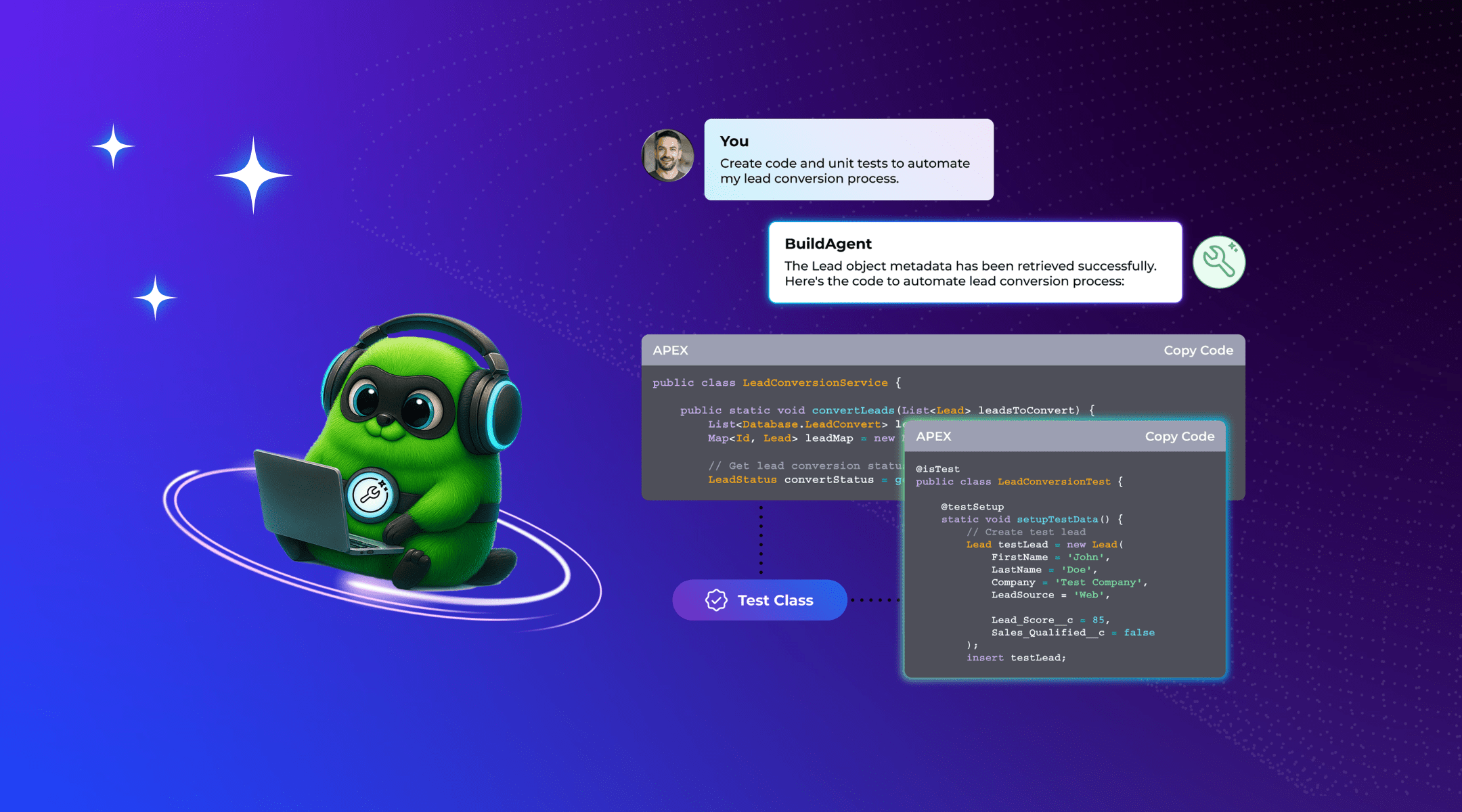


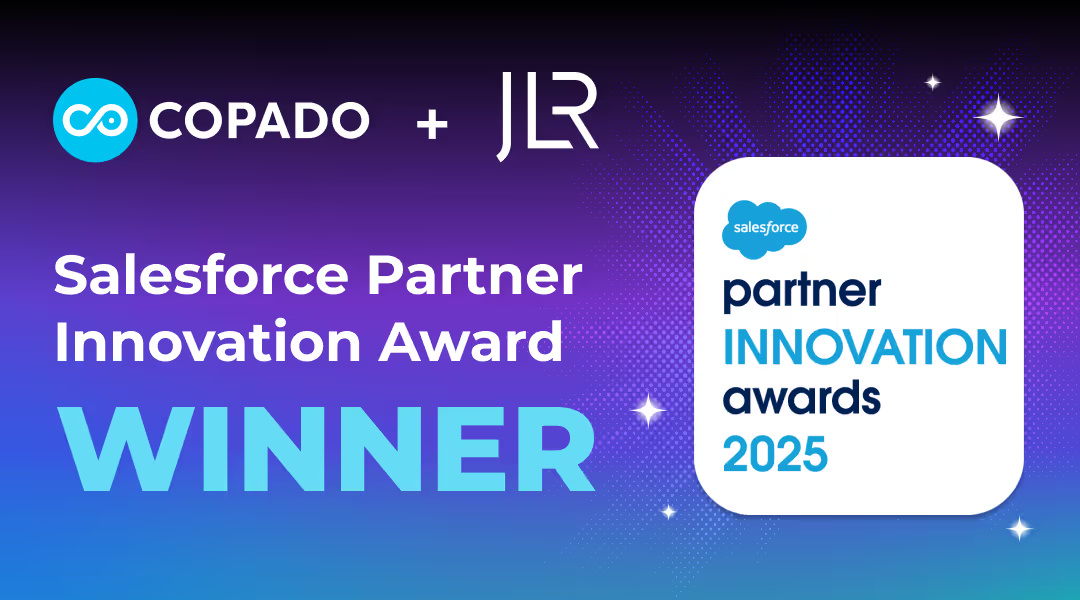



.avif)


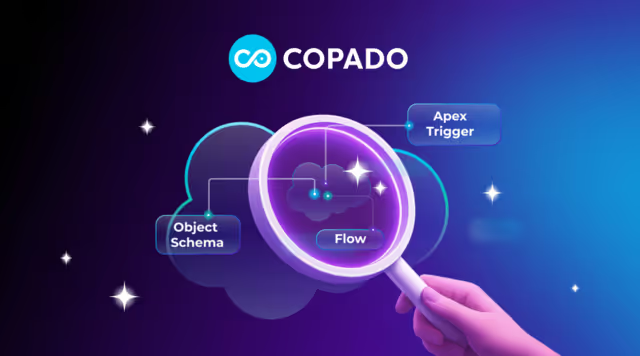
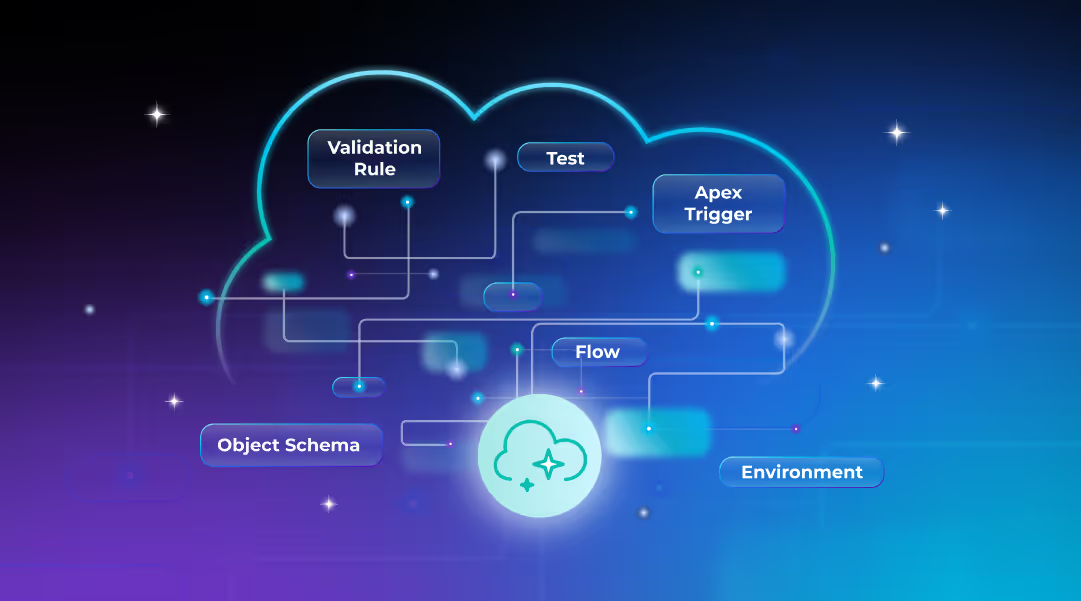









%20Data%20to%20Me_BLOG_1080x600.avif)






.avif)

































.avif)







.avif)



.avif)

























%20(1).png)
.png)
.png)

.avif)


.svg)
